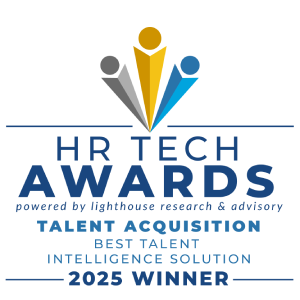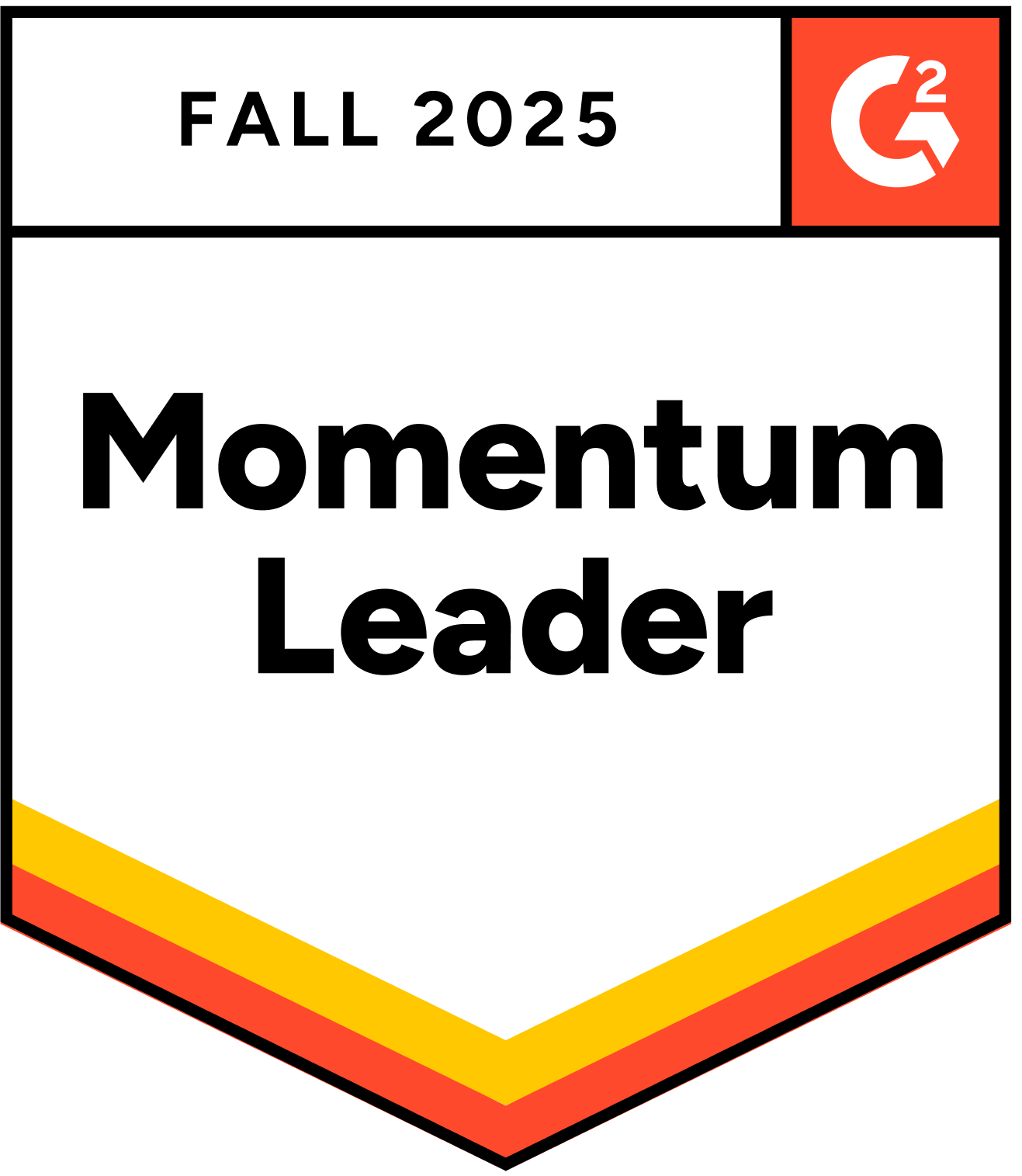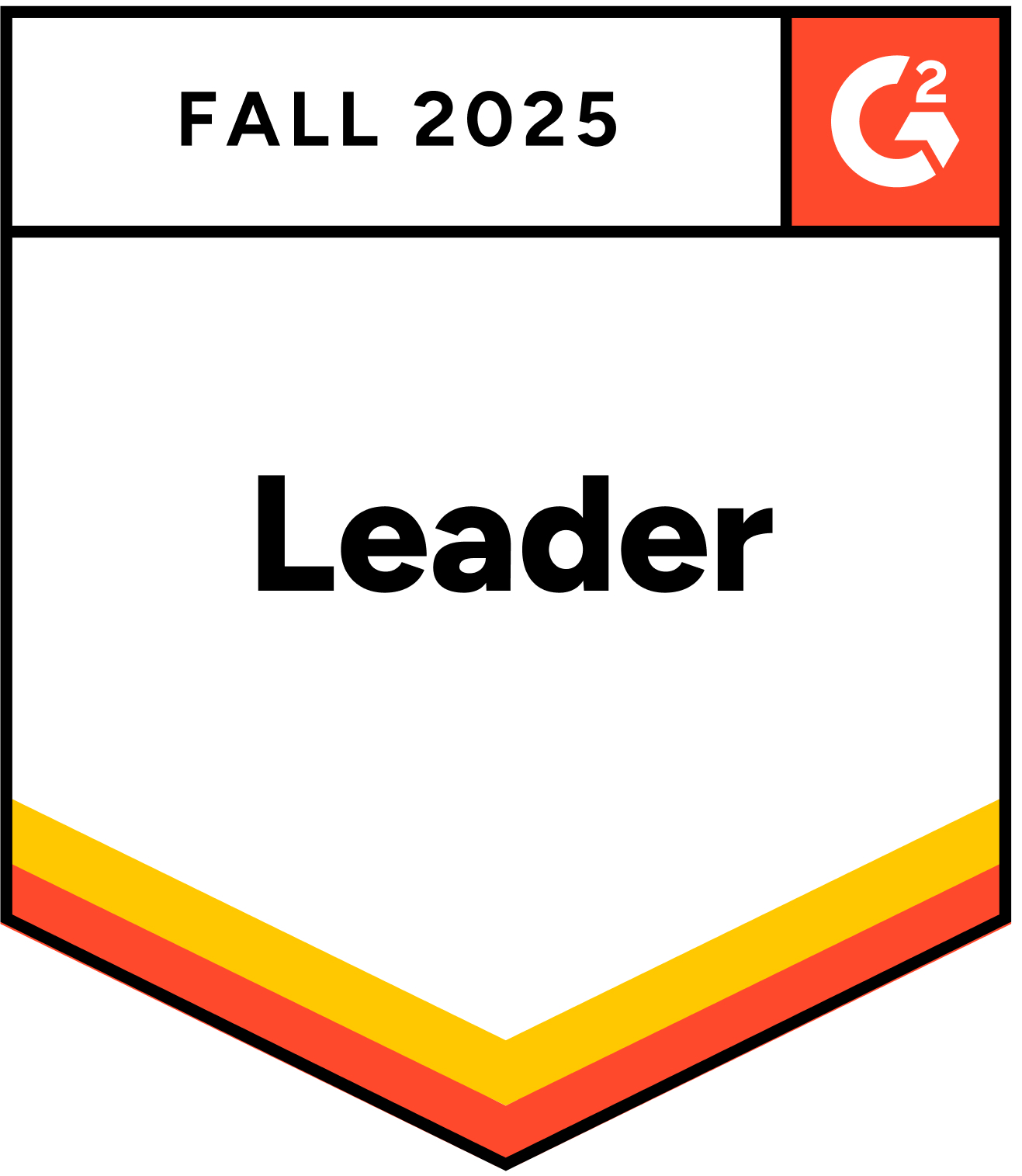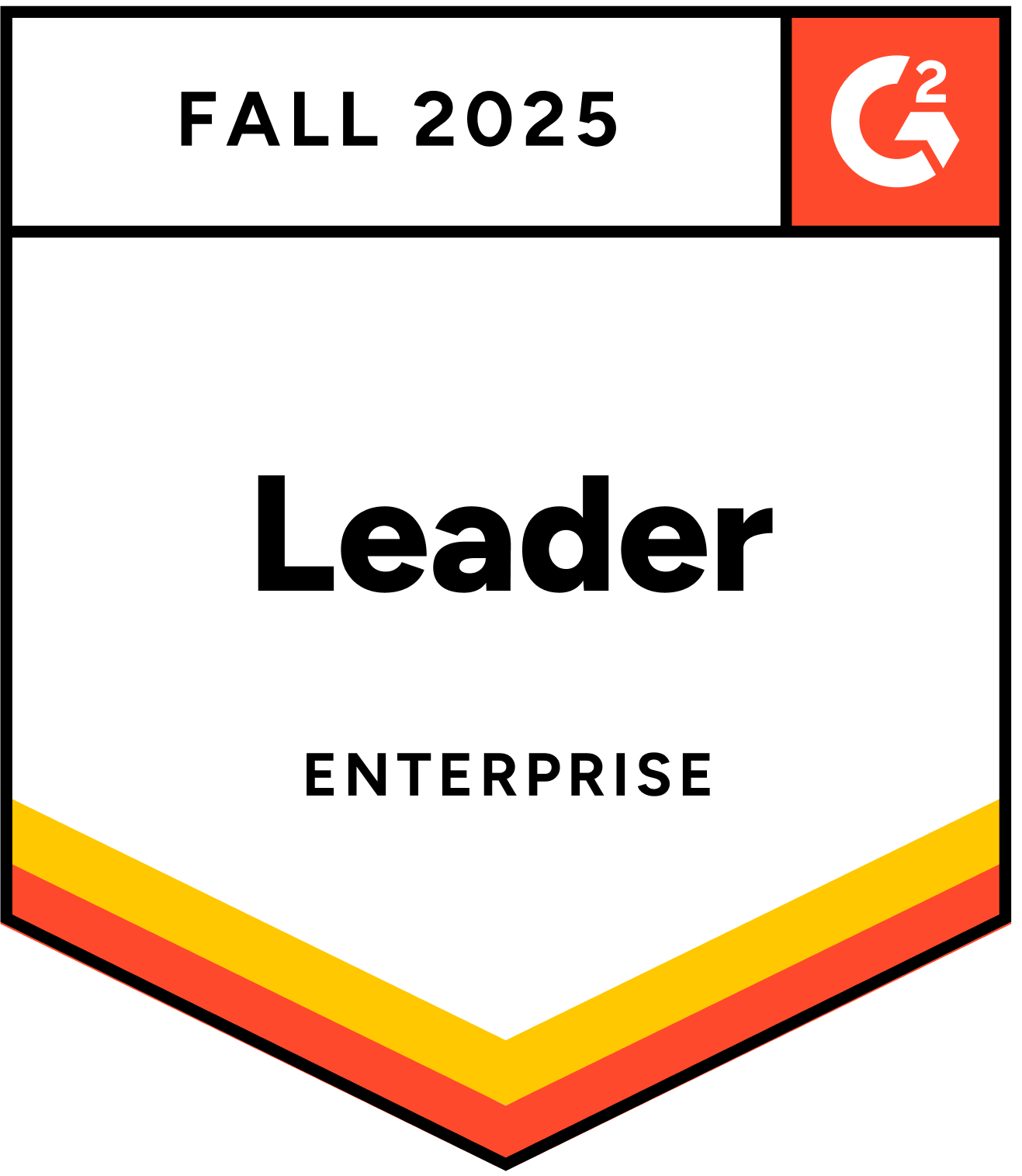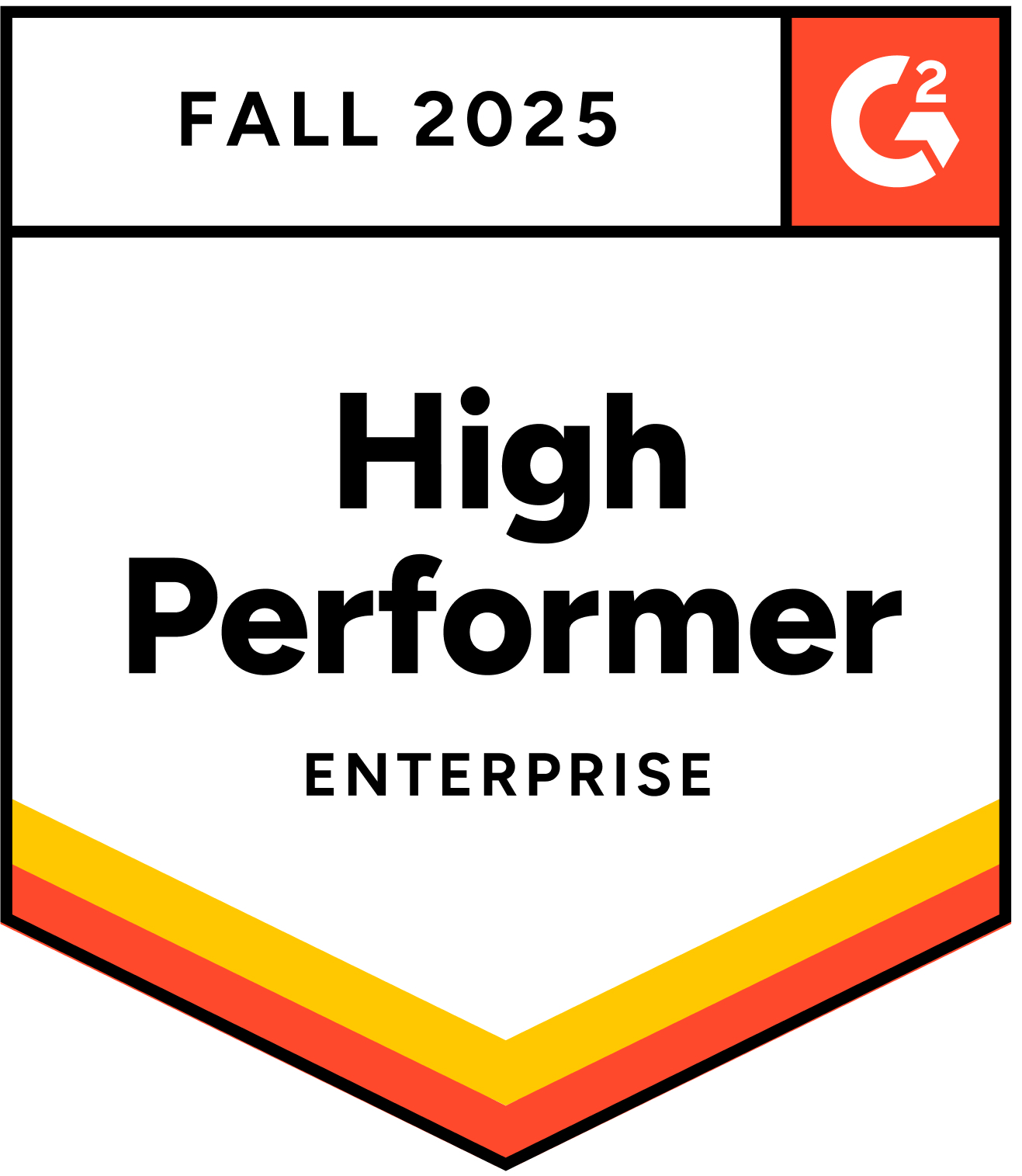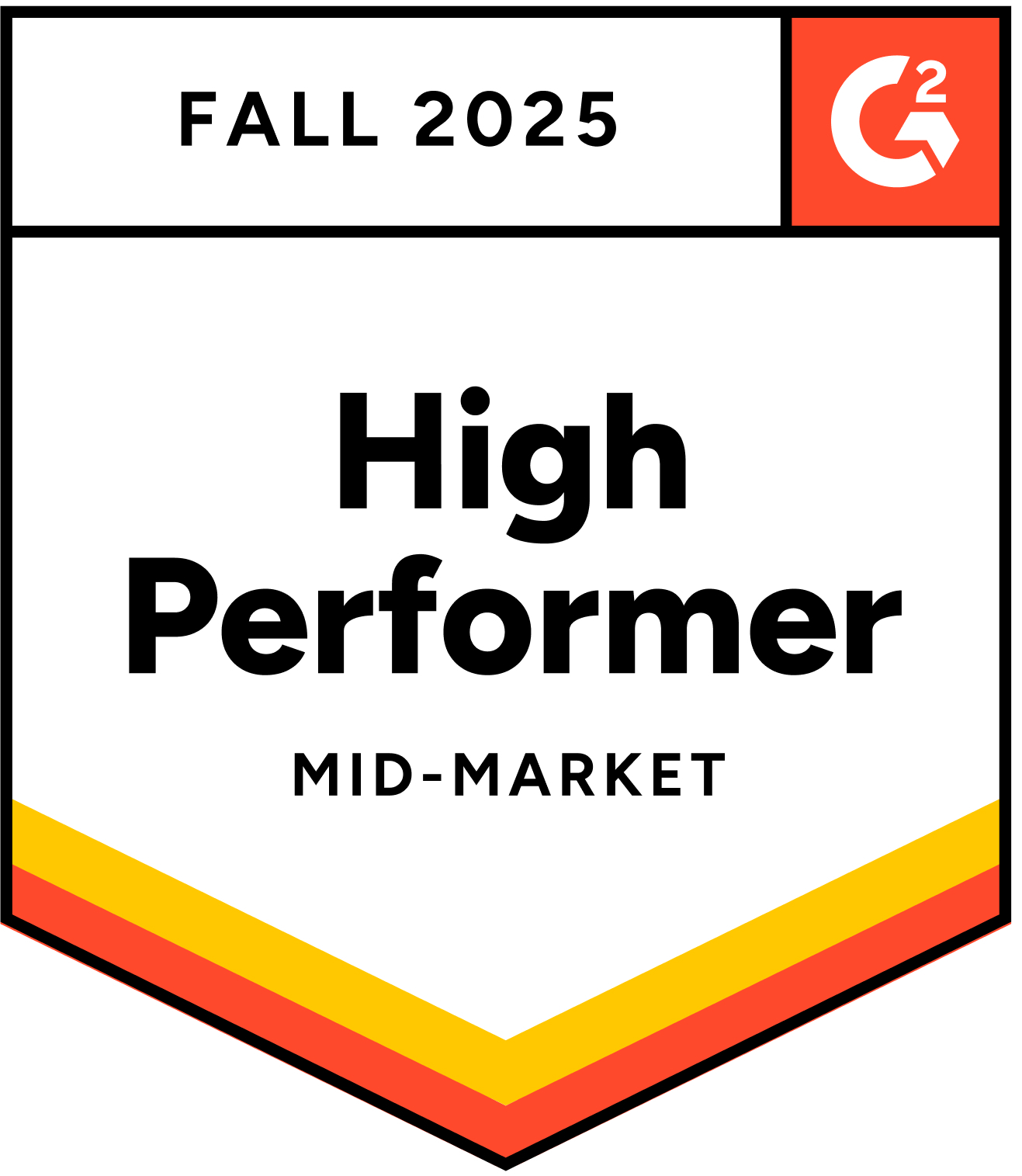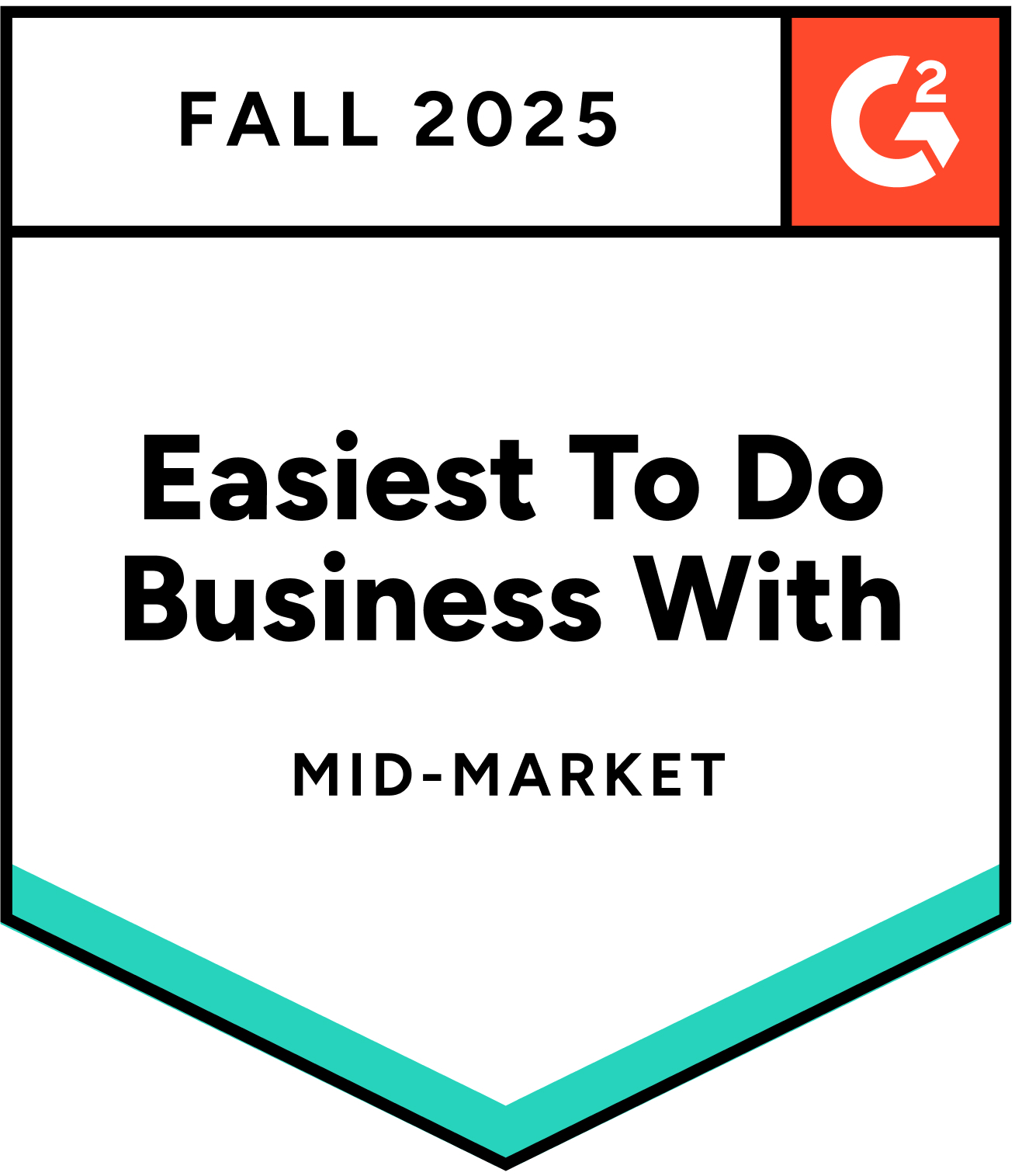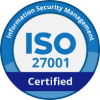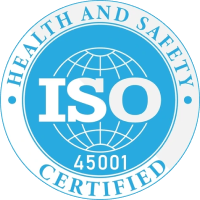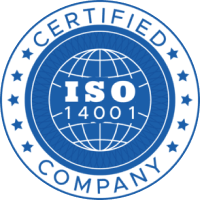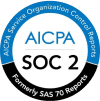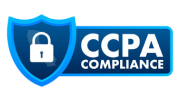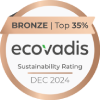There is a serious talent shortage in the healthcare sector, as we well know. A recent survey found that the largest business risk for 80% of healthcare executives is finding and keeping talent. The competition for talent is more intense than ever before in healthcare talent acquisition, and the need for qualified professionals such as doctors, nurses, and allied health workers continues to exceed the supply.
Finding the right candidates is only one aspect of the issue. The hiring process in the healthcare industry is complicated and full of particular difficulties, such as privacy issues, legal requirements, and a lack of specialized skills. Furthermore, conventional hiring practices are unable to keep up with the rate of change.
Automation (and AI) can help with that. Automation is the sensible first step, even though implementing AI in healthcare hiring may seem overwhelming. It facilitates the adoption of AI in the future by streamlining procedures, lowering manual labor, and producing better outcomes.
Let’s examine the automation and AI maturity model for healthcare hiring and talk about creating a successful automation adoption playbook.
Please take note that this blog is based on a webinar that Joveo hosted on May 21, 2025, featuring panelists Prateek Mishra, CTO at Joveo, Jennifer Henley, Chief Operating Officer at NAS, and Jason Pistulka, Principal at StratTech Consulting.
Understanding the Healthcare Recruiting Automation Maturity Model
Our maturity model is a framework that aids businesses in determining how automated they are now and in gradually implementing new technologies. It offers a road map for increasing productivity, enhancing the applicant experience, and eventually streamlining the hiring procedure as a whole.
Stage 1: No automation
What this stage means
- Entirely manual job advertising
- Static career site with no chatbot or interactivity
- Limited personalization of messages in email and SMS campaigns
- Manual resume review
- Traditional methods of creating employer branding material
Common challenges
- Inefficiency due to manual processes
- Higher time-to-fill and cost-per-hire
- Limited insights into performance metrics
How to start moving to the next stage
- Start small with automation
- Improve data readiness by gathering precise and organized information about current hiring procedures
- Focus on small wins like automating job distribution or interview scheduling
- Increase awareness around automation across teams to foster adoption
Understand your automation and AI maturity NOW!
Stage 2: Basic automation
What this stage means
- You use a distribution tool for job posting
- Basic career site with a rules-based chatbot
- Templatized messages sent through email/SMS automation
- Talent screening via knockout questions during the apply process
- Basic automation to create content
How to start moving to the next stage
- To transition to Stage 3, focus on breaking down data silos that limit collaboration and insights
- Define clear frameworks and strategies for automation adoption
- Expand automation from small experiments to more integrated operations
- Upskill teams to ensure readiness for advanced automation tools and processes
Stage 3: Machine-assisted talent acquisition
What this stage means
- Job advertising benefits from automated bidding
- AI-powered chatbot on the career site
- Personalization and segmentation via tools, though still limited
- Recruiters use keyword searches to filter candidates in the CRM
- Specialized automation tools are used to create branding content
How to start moving to the next stage
To advance beyond Stage 3, it’s crucial to build on your automation foundation:
- Expand automation workflows across talent acquisition functions, such as candidate engagement and interview scheduling
- Leverage automation for real-time optimization of hiring processes and decisions
- Foster cross-functional collaboration to integrate workflows and improve efficiency
- Build a culture that emphasizes automation and data-driven decision-making, ensuring teams are skilled and ready for the next level
Understand your automation and AI maturity NOW!
Stage 4: Automation + AI embedded talent acquisition
What this stage means
At this stage, AI is deeply embedded in talent acquisition processes, making them smarter and more efficient.
- Job advertising is fully automated and dynamically managed by AI
- Your career site features a conversational AI agent
- You leverage AI and automation to dynamically personalize campaigns
- You use machine-driven scoring for candidate screening
- You have AI-driven content creation workflows
How to start moving to the next stage
To transition to the next phase of talent acquisition maturity:
- Integrate AI tools across all recruitment workflows for seamless functionality and improved insights
- Develop a strategy for continuous AI model refinement, ensuring algorithms remain effective and aligned with business goals
Stage 5: Fully autonomous talent acquisition
What this stage means
- Job advertising is autonomously managed, with no manual input required
- The career site is fully equipped to handle end-to-end candidate interactions
- Talent engagement is entirely automated and hyper-personalized
- Candidate scoring is fully automated, integrating advanced AI to ensure accuracy and mitigate biases
- AI-powered content creation workflows generate materials, insights, and recommendations
Are you a leader in AI? Find out now!
High-impact Automation and AI Prospects for Healthcare Hiring
Healthcare companies will come across a number of high-impact areas where automation can have a big impact as they progress through the maturity model. The following are the main prospects for automation in healthcare hiring:
Automation of job advertising
Automated budget allocation and publisher selection: Based on past performance and current market conditions, AI tools can automatically select the most effective job ad platforms.
Real-time optimization capabilities: To guarantee optimal visibility and cost effectiveness, automated tools continuously modify ad targeting and bidding.
Conversational tools enable candidate engagement automation around-the-clock: Chatbots and AI agents can interact with candidates at any time, responding to their inquiries and assisting them with the application process.
Large-scale personalized communication: AI is able to send customized messages according to candidate profiles, making every conversation feel unique. Check out the 60+ ways Joveo uses AI in recruitment for more ideas!
Automation of pre-qualification and screening
Compliance-oriented strategies: While adhering to healthcare regulations, automated screening tools can guarantee that candidates possess the requisite qualifications.
Reducing administrative burden: Recruiters can concentrate on higher-value tasks because automation expedites the screening process and lessens their workload.
Automation of workflows
Integration with systems unique to healthcare: Recruiting teams can easily integrate with existing systems by automating workflows, which guarantees an effective and compliant hiring process.
Metrics to monitor automation effectiveness: Set up precise metrics, such as time-to-hire, candidate satisfaction, and cost-per-hire, to gauge how automation is affecting your hiring process.
Creating Your Implementation Roadmap for Healthcare Automation
Organizations need a clear and practical roadmap in order to successfully implement automation in healthcare recruiting. The steps to begin are as follows:
Evaluate your present situation
Questions for self-evaluation: To determine where you are in your automation journey and what needs to be addressed, use the maturity model.
Benchmarking against industry norms: Find out how your company stacks up against other healthcare providers in terms of automation adoption.
Give high-value, low-risk opportunities priority.
Framework for evaluating effort versus impact: Start with automation opportunities that provide the biggest gains and are the easiest to implement. Pay attention to areas like job distribution and candidate engagement that pose the fewest privacy or compliance issues.
Obtain support from stakeholders
Developing the automation business case: Emphasize the benefits of automation, such as higher hiring results, better candidate experiences, and increased recruiter productivity.
Resolving common issues: Make sure all parties involved are aware of how automation can be applied to healthcare hiring in a safe and efficient manner without sacrificing patient care or legal requirements.
Best practices for implementation
Pilot projects and a phased implementation: Before implementing automation tools throughout the company, start with a pilot program to evaluate their efficacy in a single step of the hiring process.
Success measurement and ongoing development: To guarantee ongoing success, evaluate automation tools’ performance on a regular basis and make required modifications.
Healthcare Recruiting: Finding a Balance Between Technology and Human Expertise
Even though automation and artificial intelligence have many benefits, human expertise is still vital in the healthcare hiring process.
The ongoing significance of hiring people
Where human judgment is still crucial: Many aspects of hiring can be streamlined by automation, but some decisions like assessing cultural fit or managing delicate candidate situations – still call for human intervention.
How automation improves recruiter capabilities: Recruiters are not replaced by automation; rather, it frees them up to concentrate on higher-value activities like strategic decision-making and relationship-building.
Getting ready for the shift from automation to artificial intelligence
Establishing the AI data foundation: In order to support future AI tools, which will need enormous volumes of data to function properly, make sure your company has a strong data infrastructure in place.
Recruiting teams’ skill development: As AI adoption increases, it’s critical to give your teams the tools they need to effectively manage and utilize these technologies.
Conclusion
The healthcare recruiting automation maturity model can help organizations adopt automation technologies in a measured manner, which will ultimately improve efficiency, lower costs, and improve the candidate experience. The automation revolution is here.
Full automation may take some time to achieve, but the benefits will be substantial. To help your team succeed, start with small victories, give high-impact areas priority, and make the appropriate investments in collaborations and tools. You will have a competitive edge in the competition for the best healthcare talent if you incorporate automation into your strategy.
Are you prepared to start your automation adventure? Start by evaluating your current situation and concentrating on putting small, high-value automation solutions into place that will actually improve your healthcare hiring efforts.

